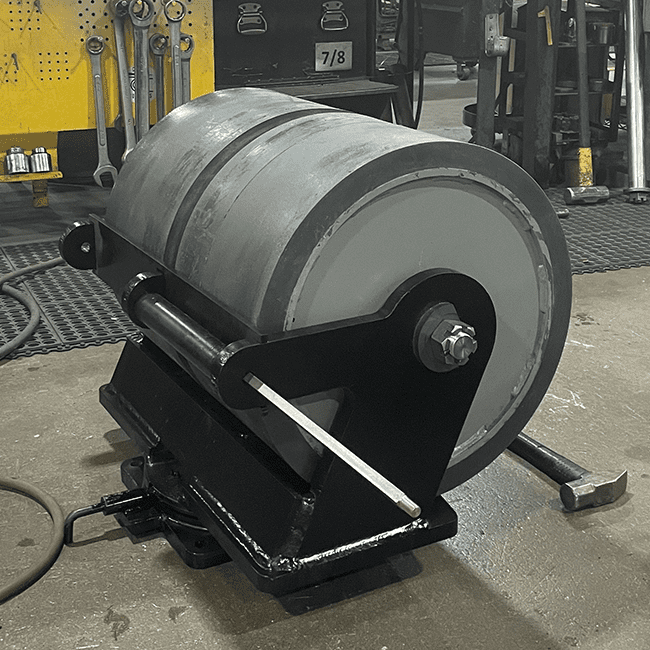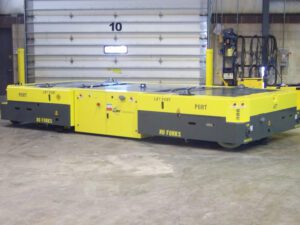

Selecting the appropriate wheel covering for your industrial caster yields a long-lasting, safe product that will not damage your floors or tracks.
However, picking the proper wheel covering is a science, and requires time to assess and prioritize many variables against your own needs. In general, five key factors determine the safest, highest performance wheel covering for your application and environment.
This post outlines those factors as follows: Floor condition and composition; ergonomics; durability; cleanliness; and prioritizing these factors.
 1. Floor composition: First, you must evaluate the condition and composition of the floor or tracks that the wheels contact. If the wheel is harder than the surface it touches, it can damage that surface. For instance, if you’re carrying a heavy weight, a forged-steel wheel might seem best. However, forged-steel would damage a cement floor. Polyurethane is a better choice, as it’s softer than cement and won’t damage the floor. Up sizing that softer wheel allows the user to carry the same, heavier load. Additionally, a wheel that’s slightly softer than the track dramatically slows both wheel and track wear.
1. Floor composition: First, you must evaluate the condition and composition of the floor or tracks that the wheels contact. If the wheel is harder than the surface it touches, it can damage that surface. For instance, if you’re carrying a heavy weight, a forged-steel wheel might seem best. However, forged-steel would damage a cement floor. Polyurethane is a better choice, as it’s softer than cement and won’t damage the floor. Up sizing that softer wheel allows the user to carry the same, heavier load. Additionally, a wheel that’s slightly softer than the track dramatically slows both wheel and track wear.
2. Ergonomics: In hand applications, the wheel material impacts the force required to move the cart – the ergonomics. Generally, harder wheels move and swivel more easily. For instance, if after matching the floor and wheel composition you settle on, say, polyurethane, you must then evaluate the type of urethane, as this impacts ergonomics. There are various materials and durometers to choose from to meet your needs.
3. Durability: Tougher materials make longer-lasting wheels. After choosing the class of material, you must choose the material within that class that best meets your durability requirements.
4. Floor cleanliness: Housekeeping impacts wheel material performance. A steel wheel may survive metal shavings on the floor, but the wheel won’t roll smoothly. Conversely, a softer polyurethane wheel may roll smoothly, but the embedded shavings destroy the wheel tread prematurely.
5. Prioritize: This is perhaps the pivotal factor. Now you must decide which of the above means most to you. For instance, say floor life tops your list of priorities. This immediately eliminates many wheel compositions. If ergonomics is second in importance, you must choose a wheel that won’t destroy the floor and still meets your ergonomic requirements. Then, you must select a material that meets your first two priorities and provides the most durability.
As an aside, during this elimination process, have the floors cleaned to remove debris, which can embed into the wheels. This will extend the life and performance of any wheel material you choose.
By following these five important steps, the result is a safe, highly durable product that’s gentle on floors and tracks. Our professionals in the Caster Concepts’ engineering arm, Conceptual Innovations Engineering, can help you choose the best wheel material for your environment and application.
For further information, please contact us at customercentral@casterconcepts.com.
Phone: 888-703-2951